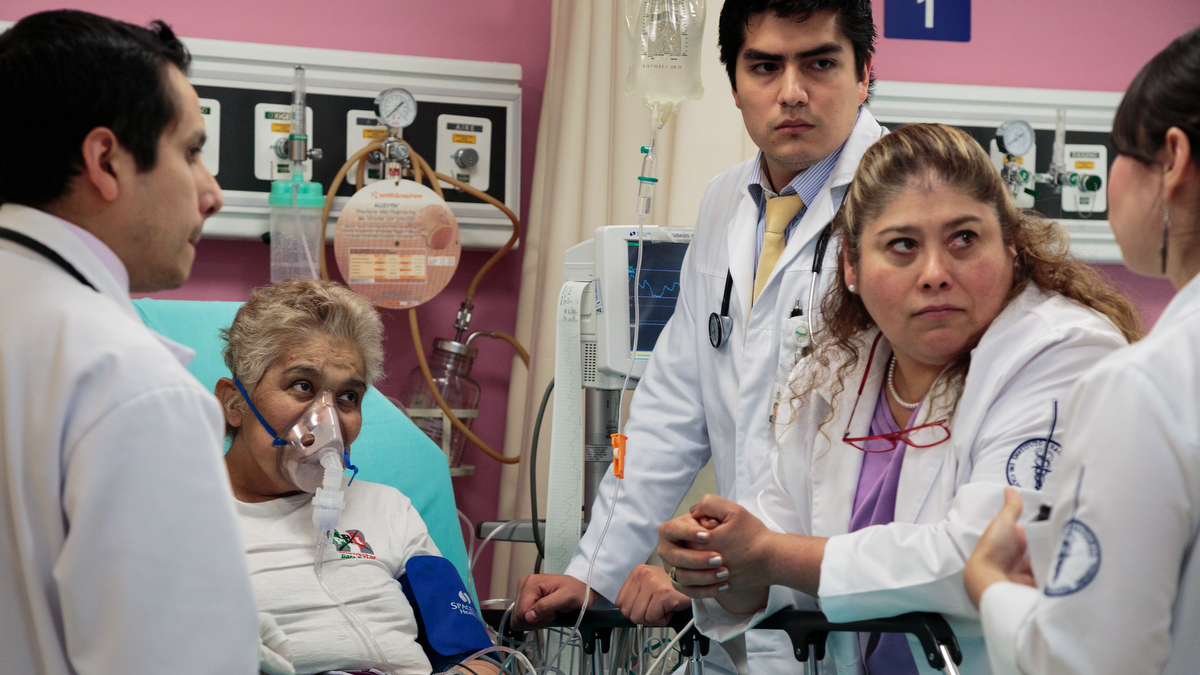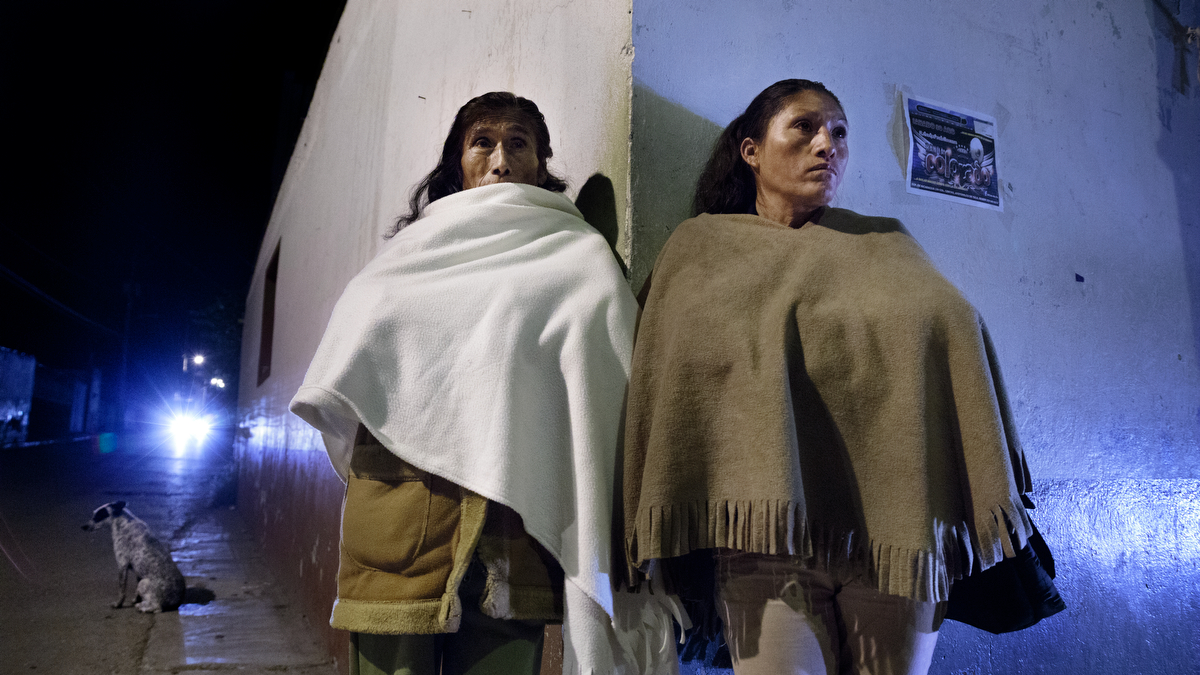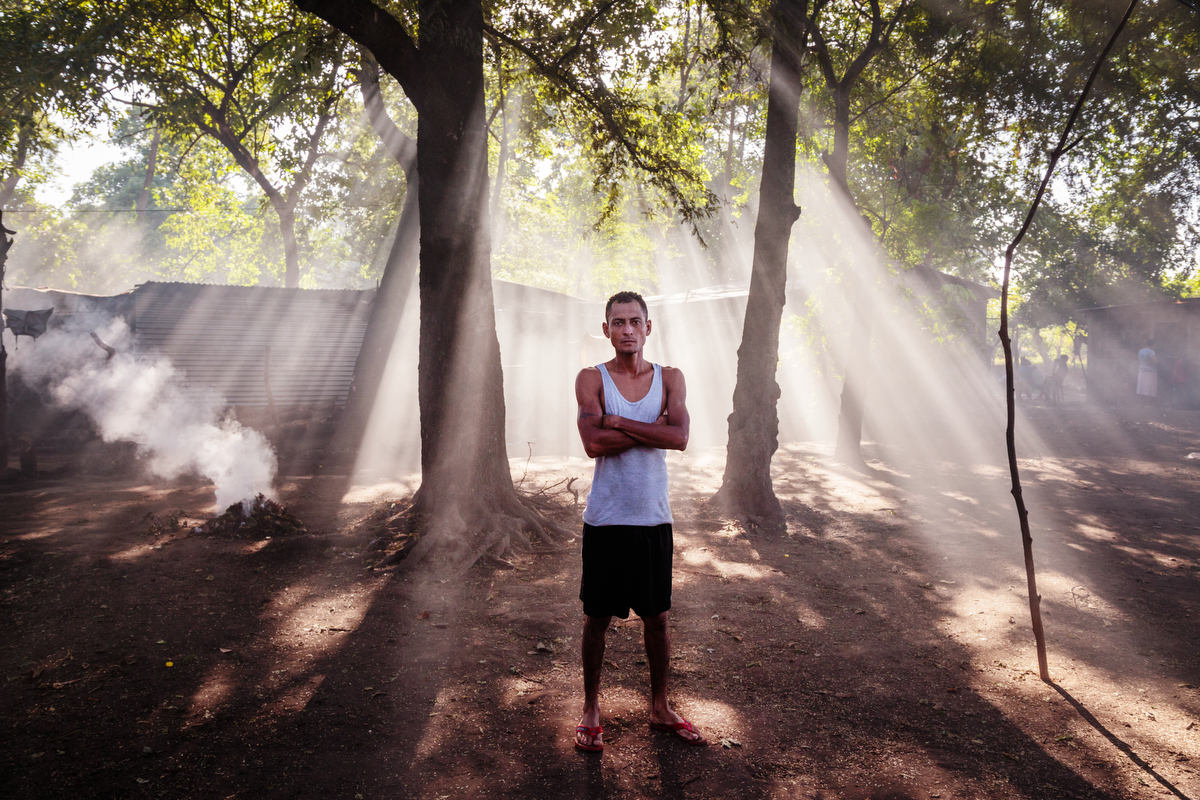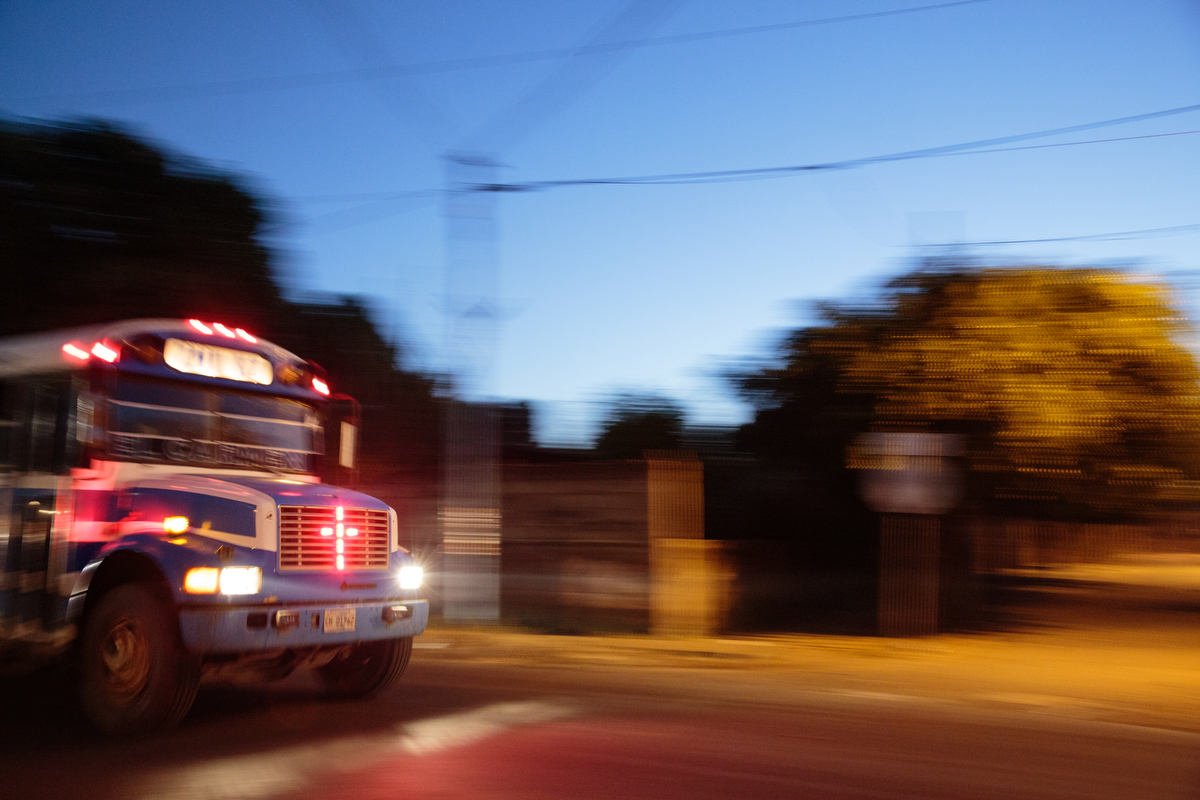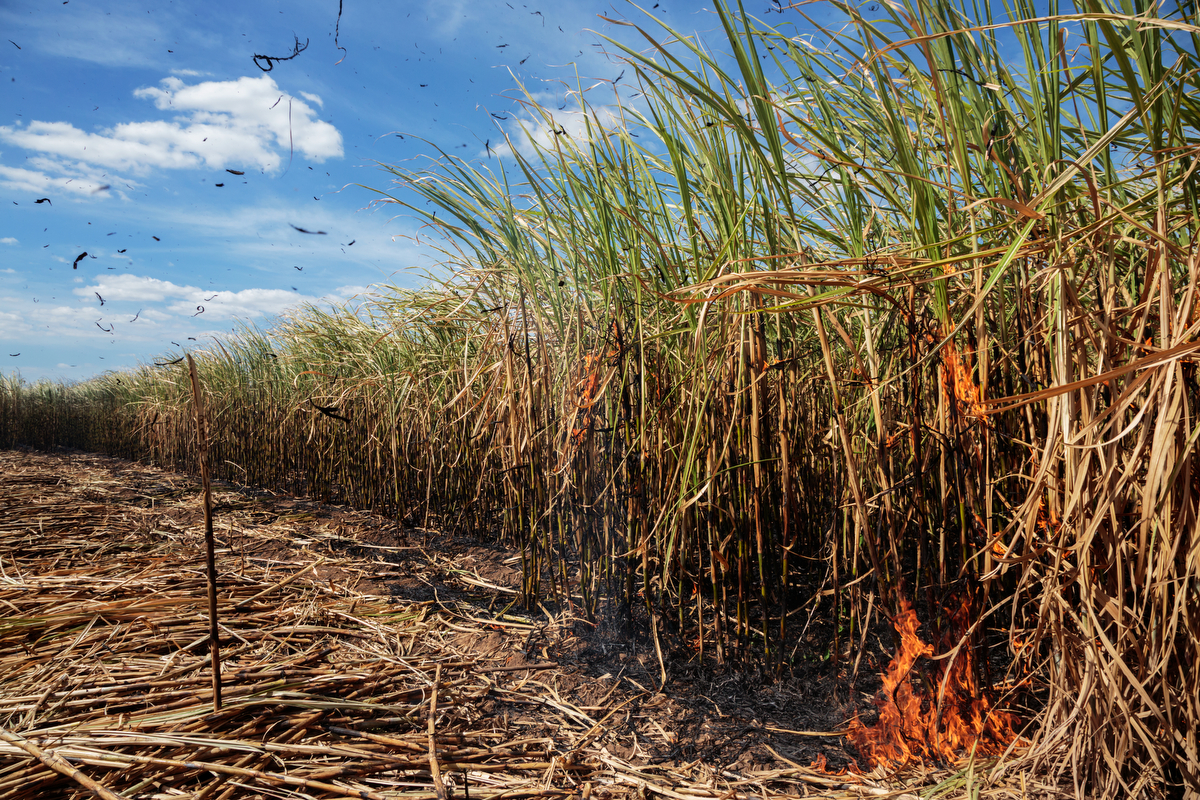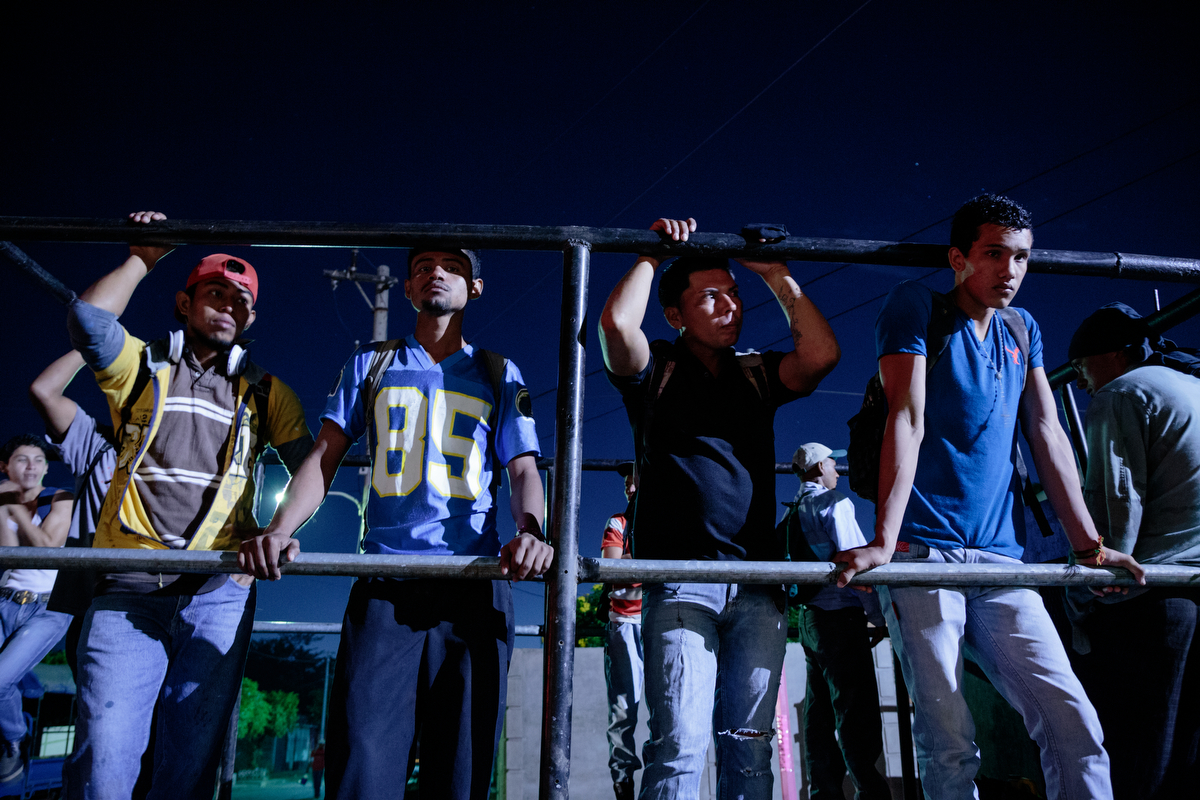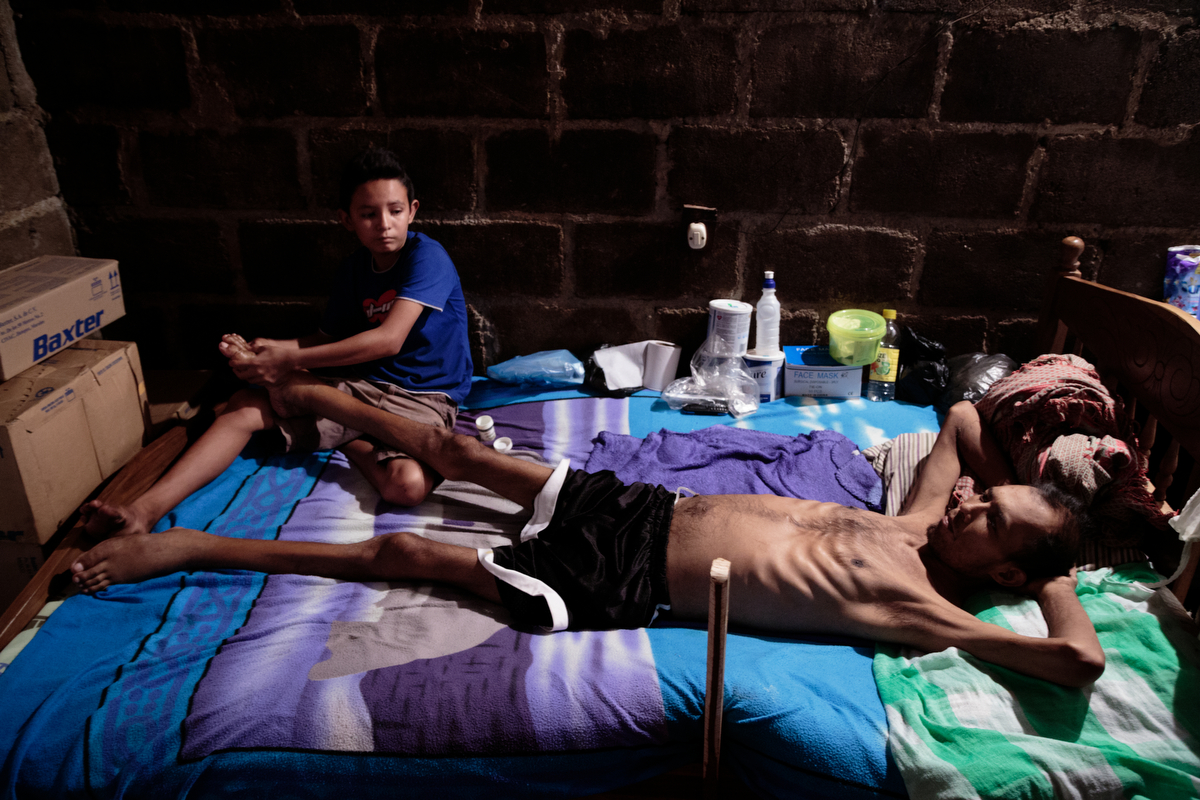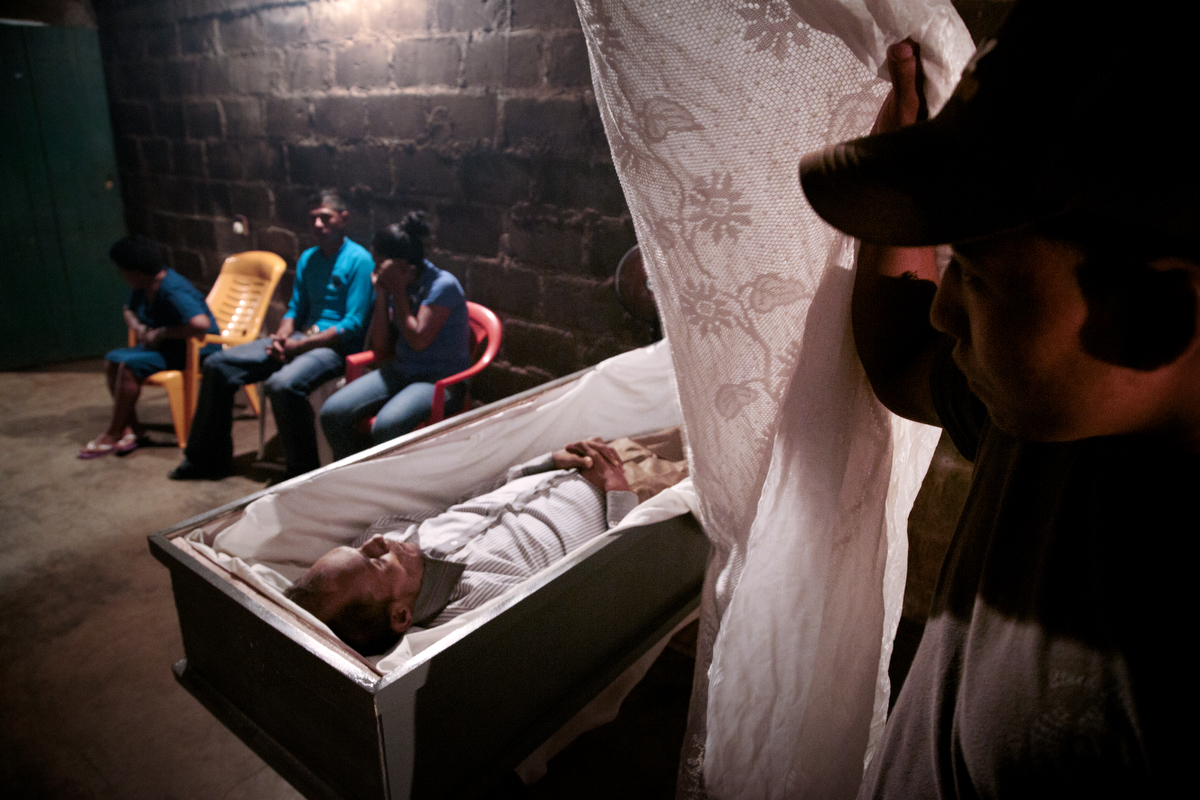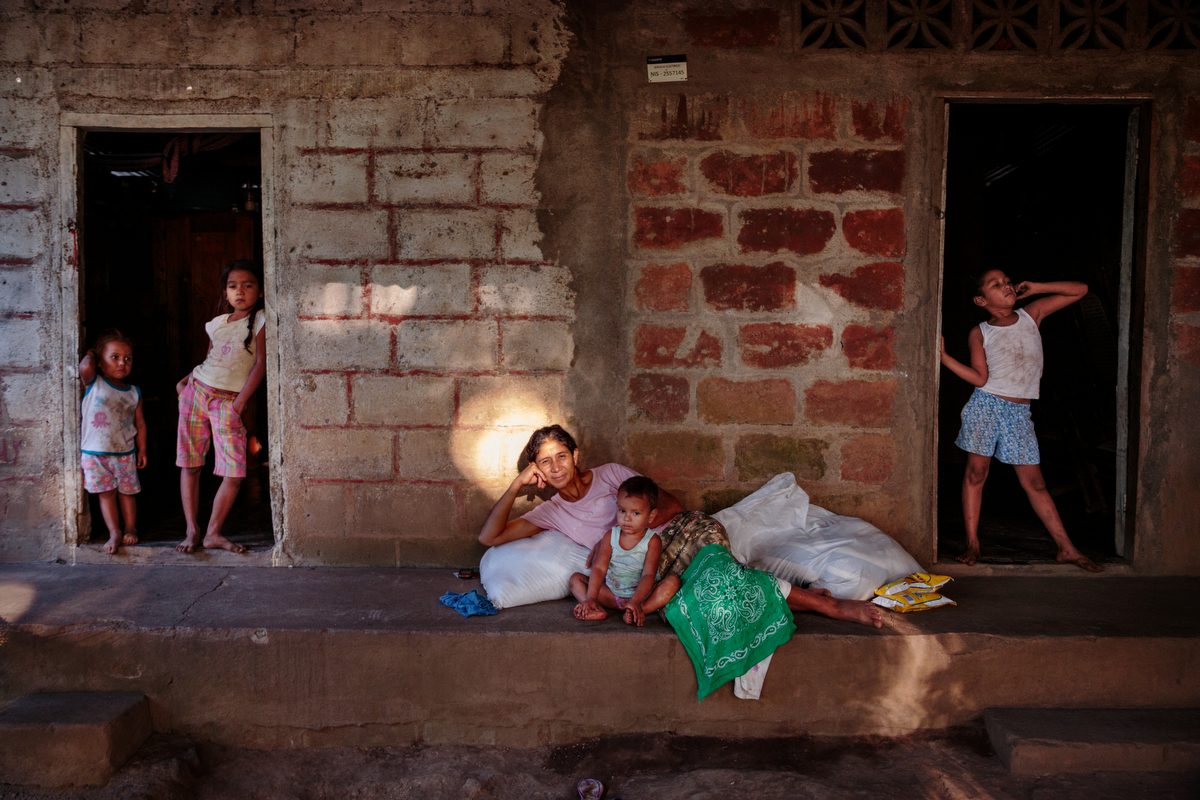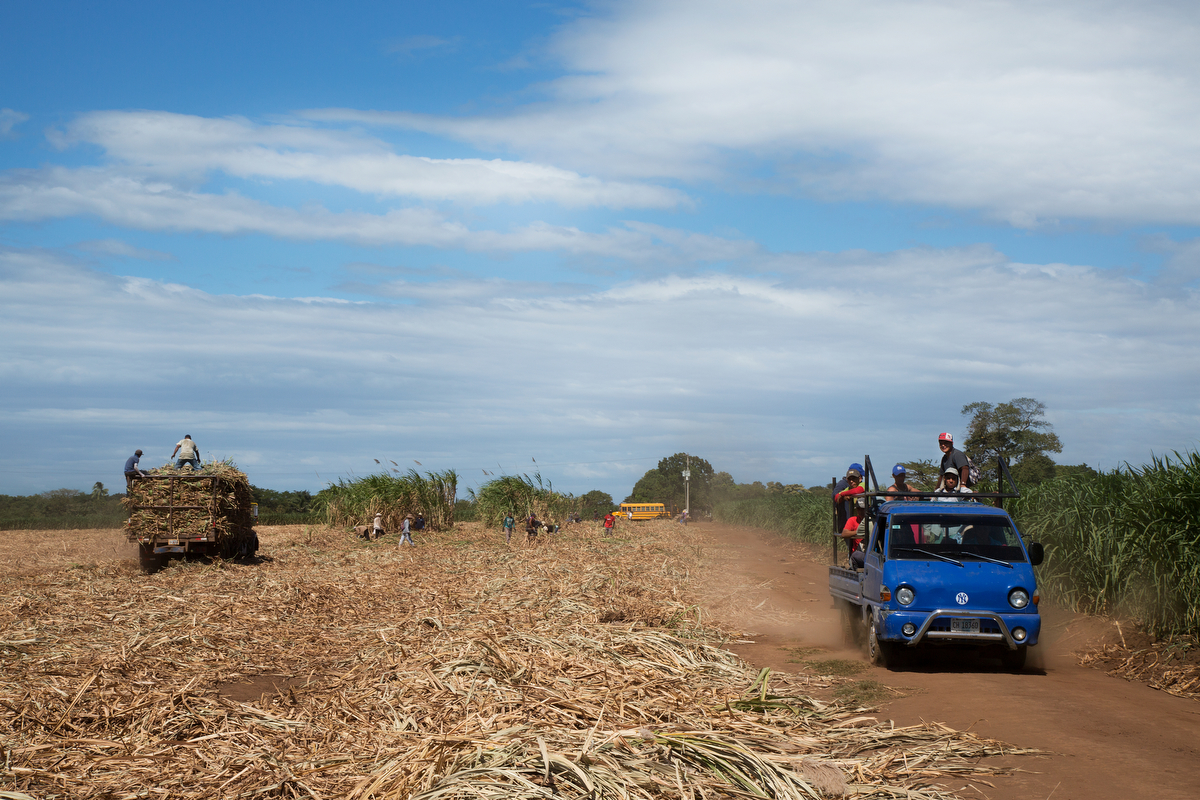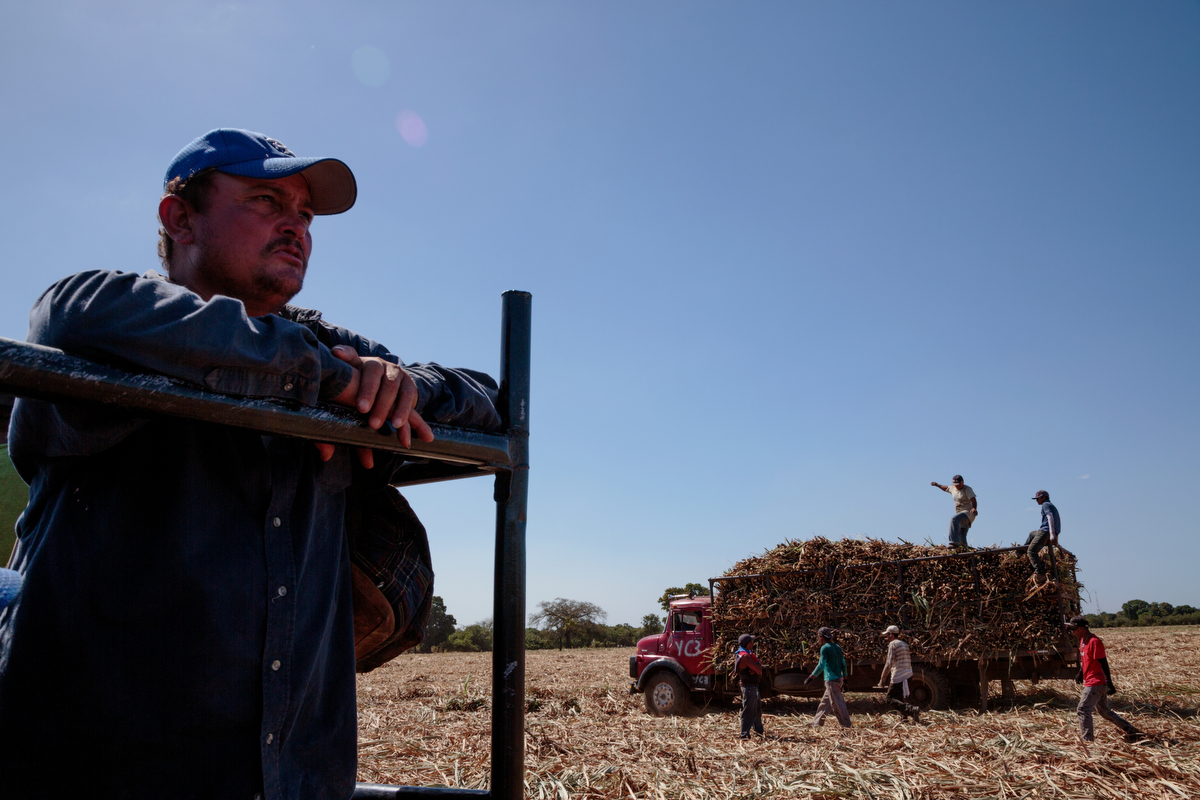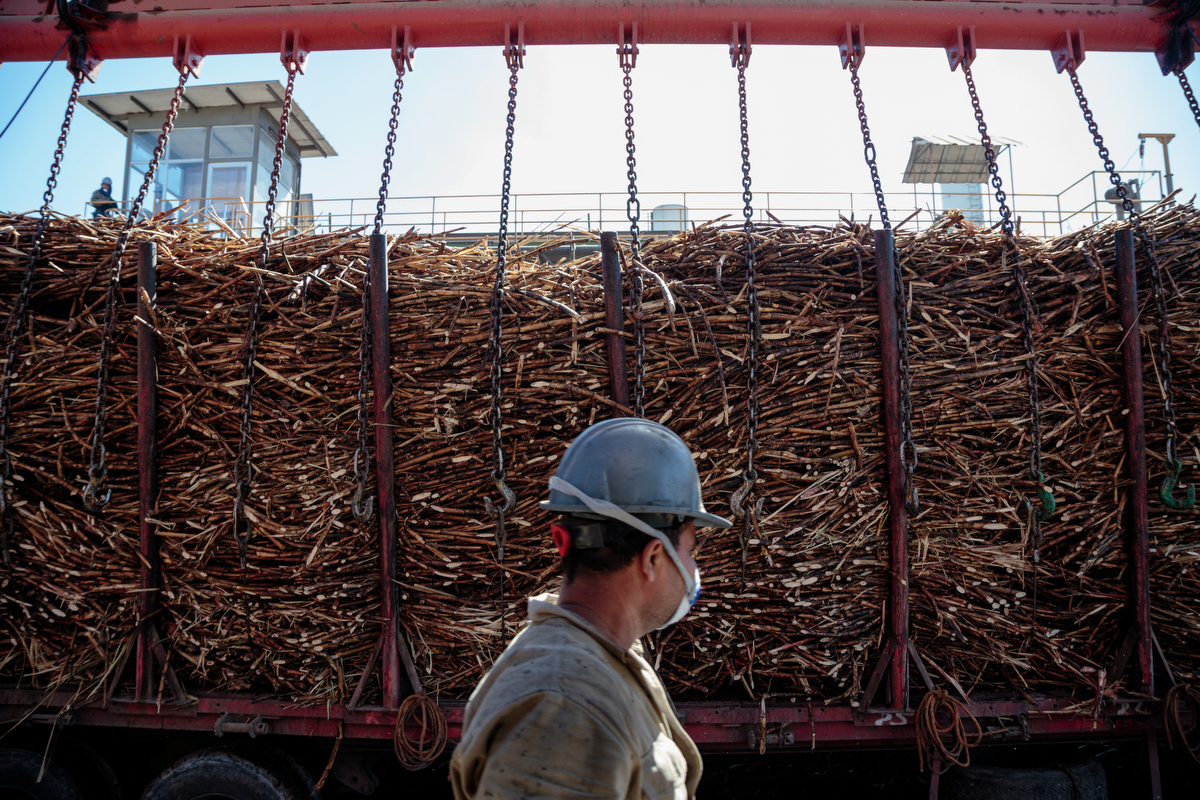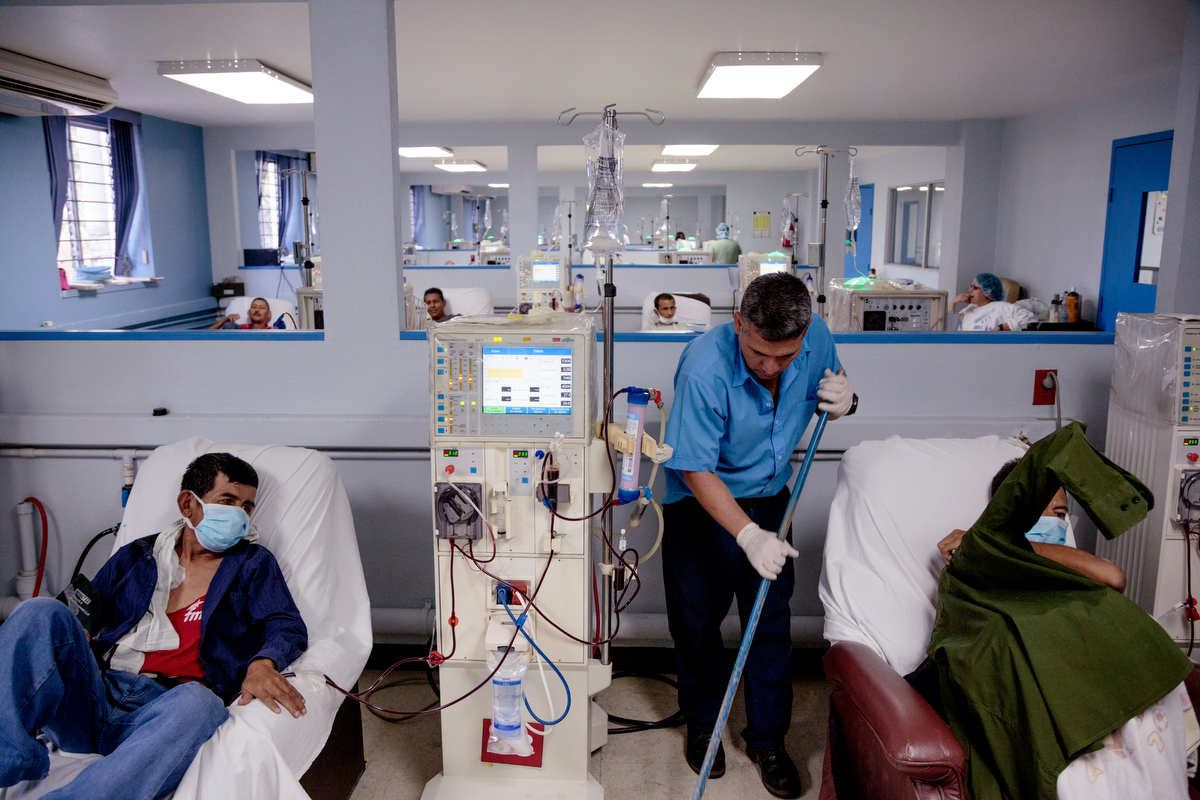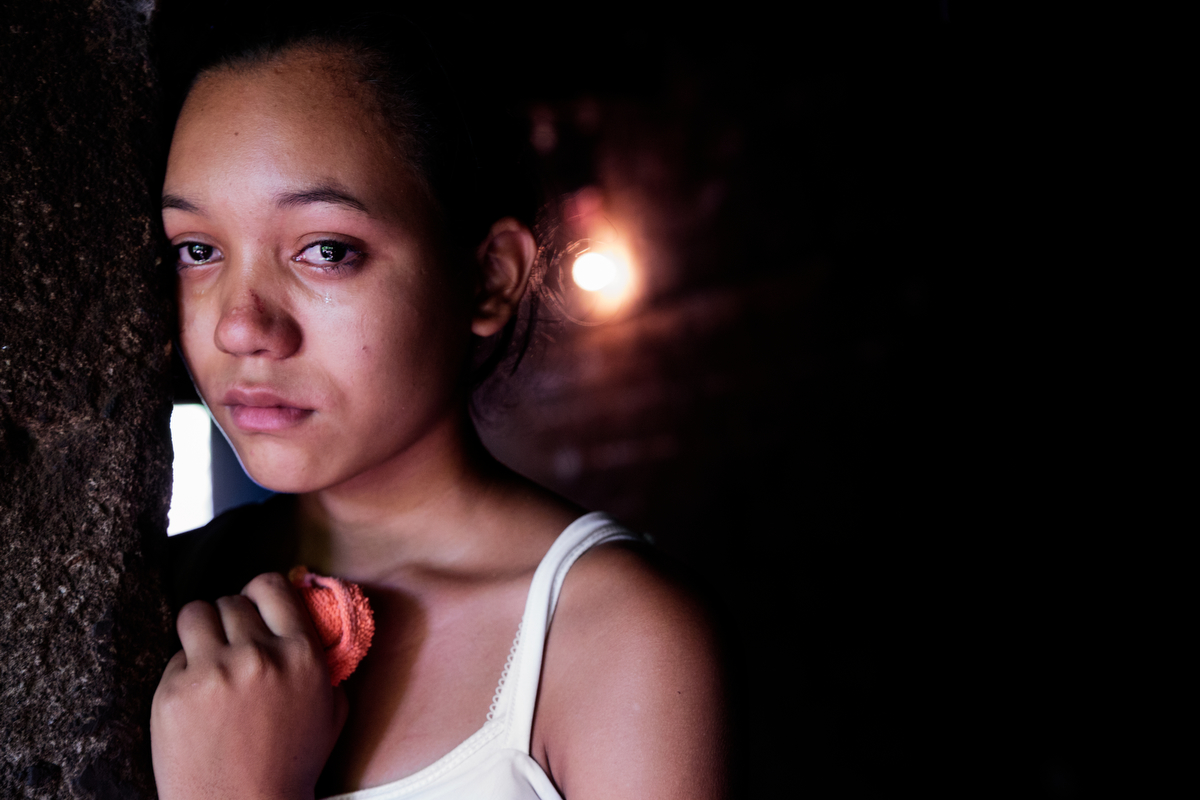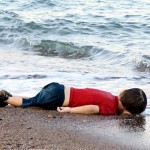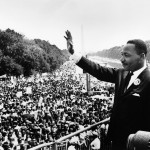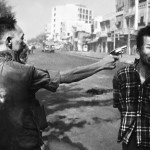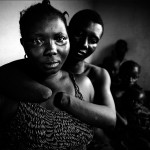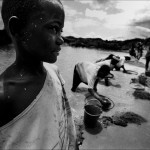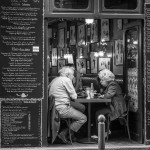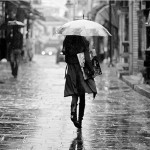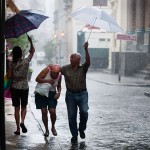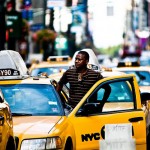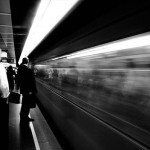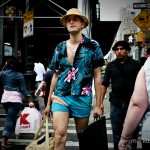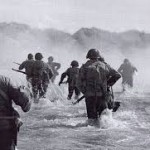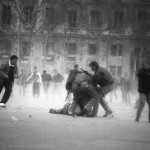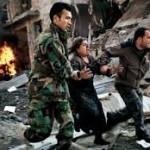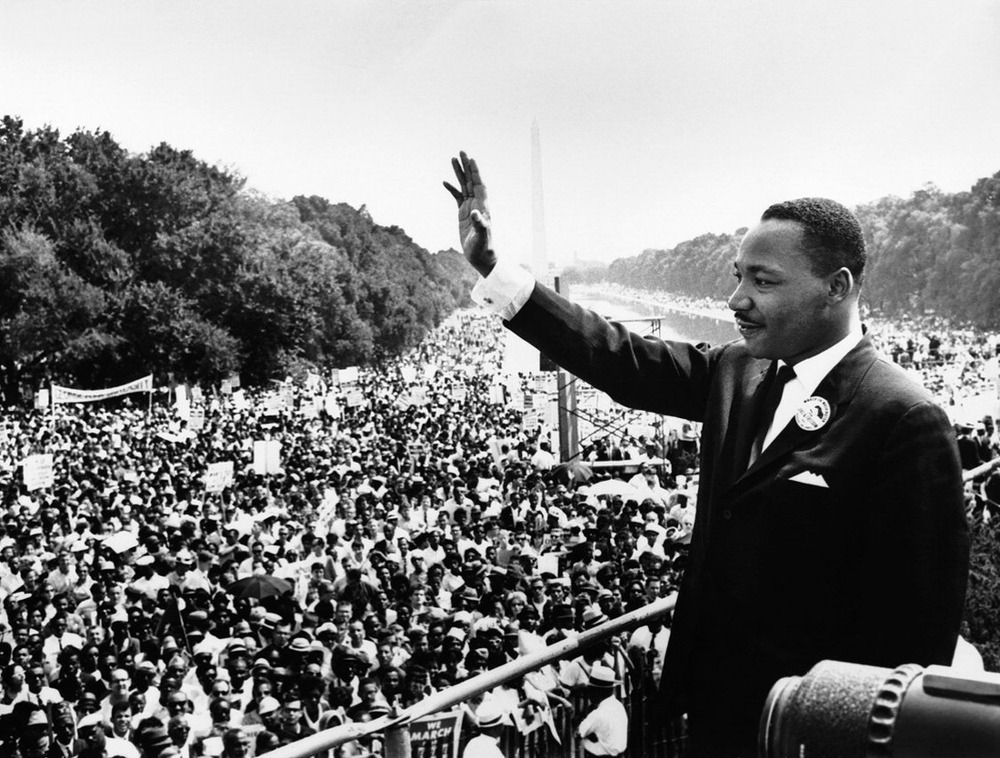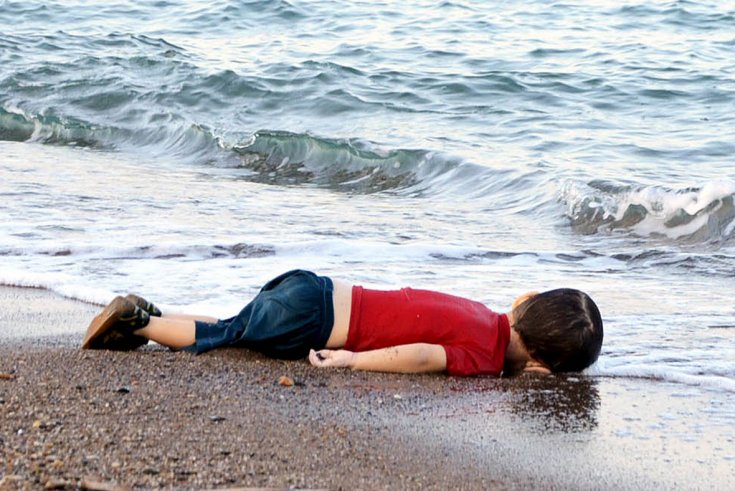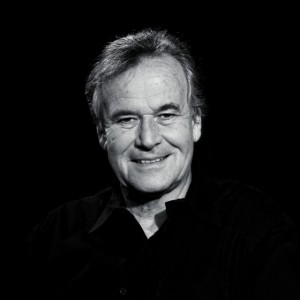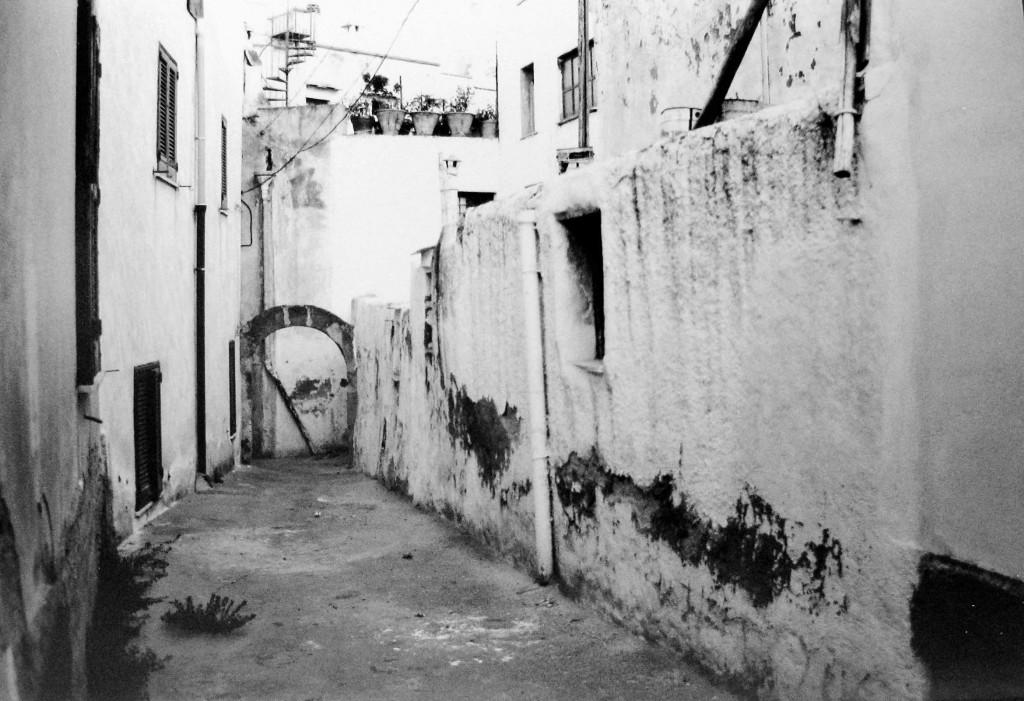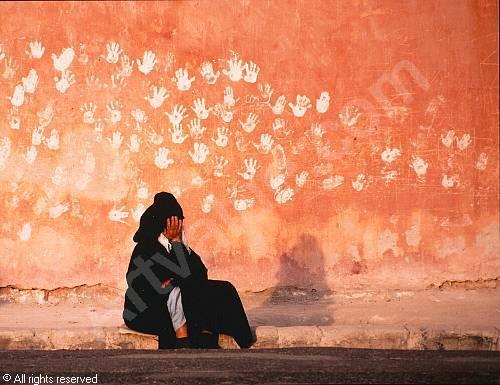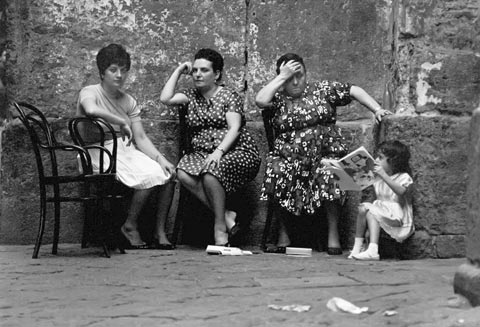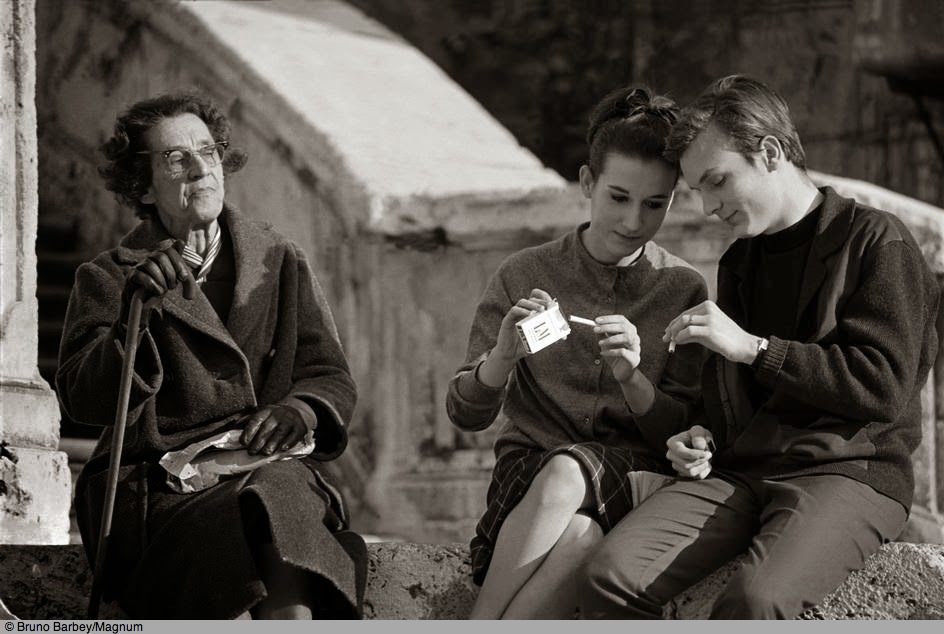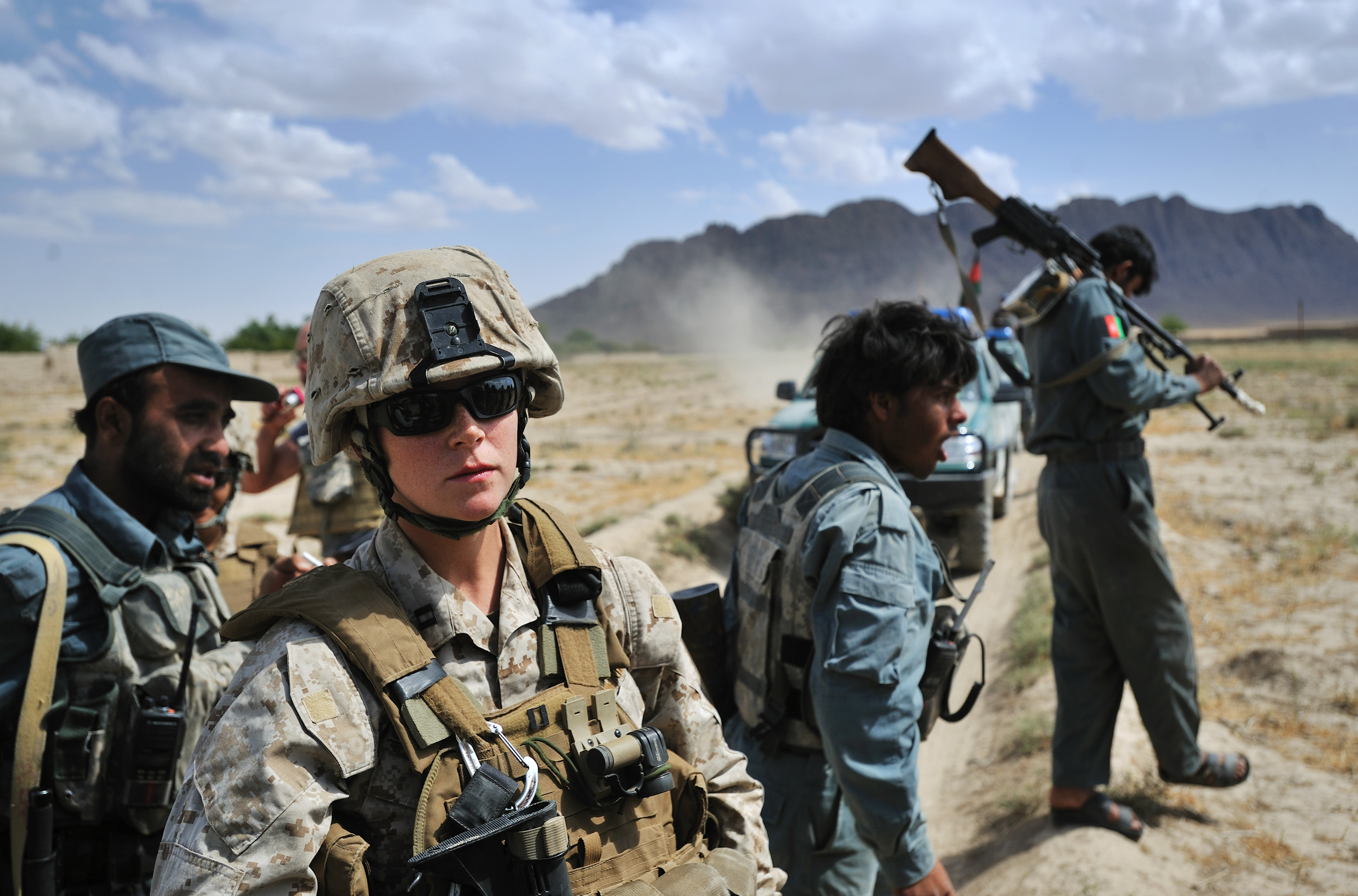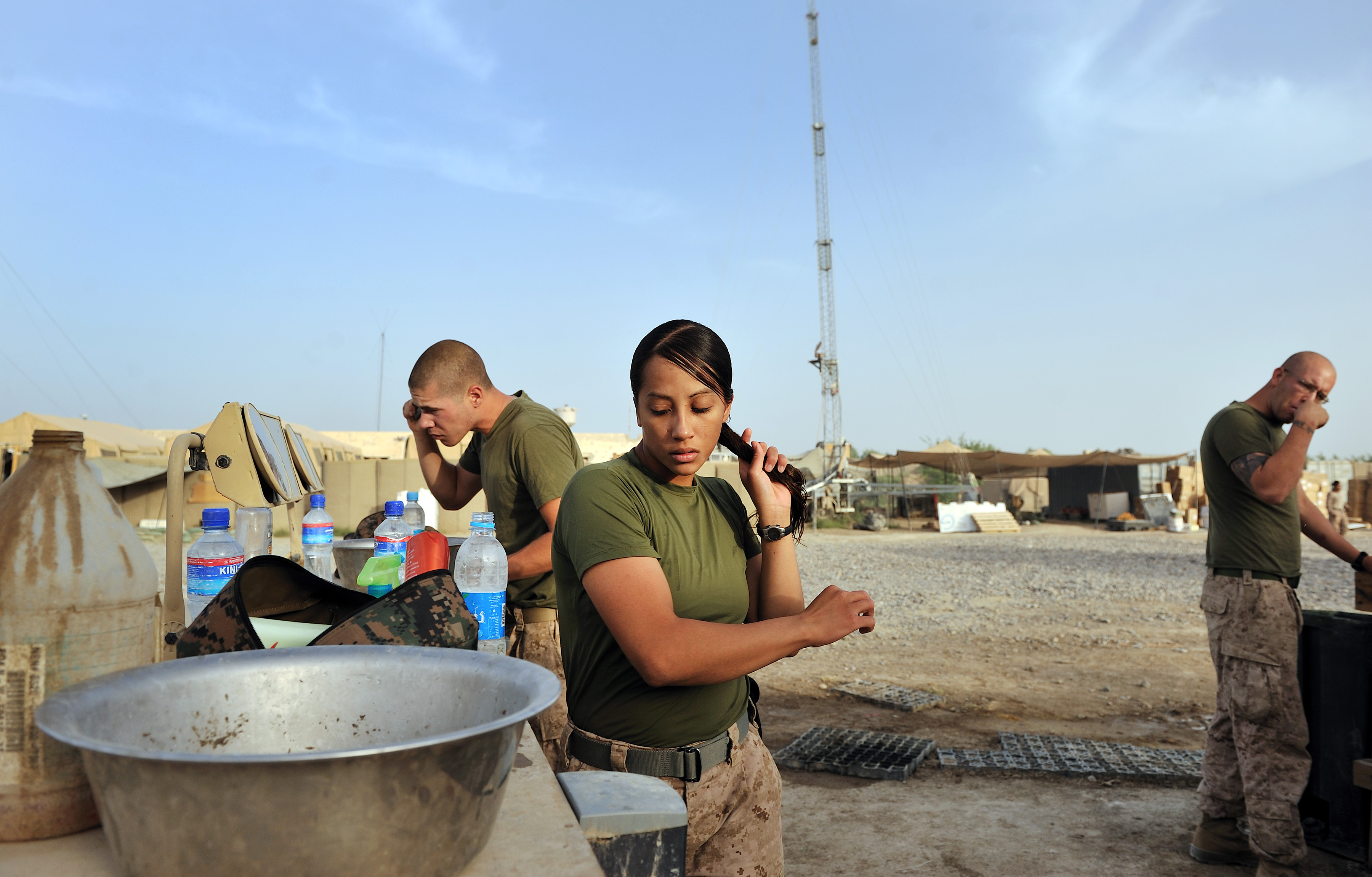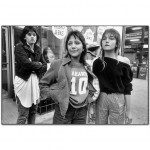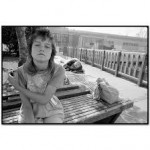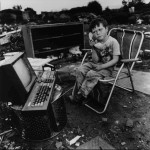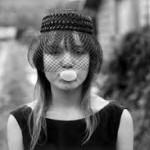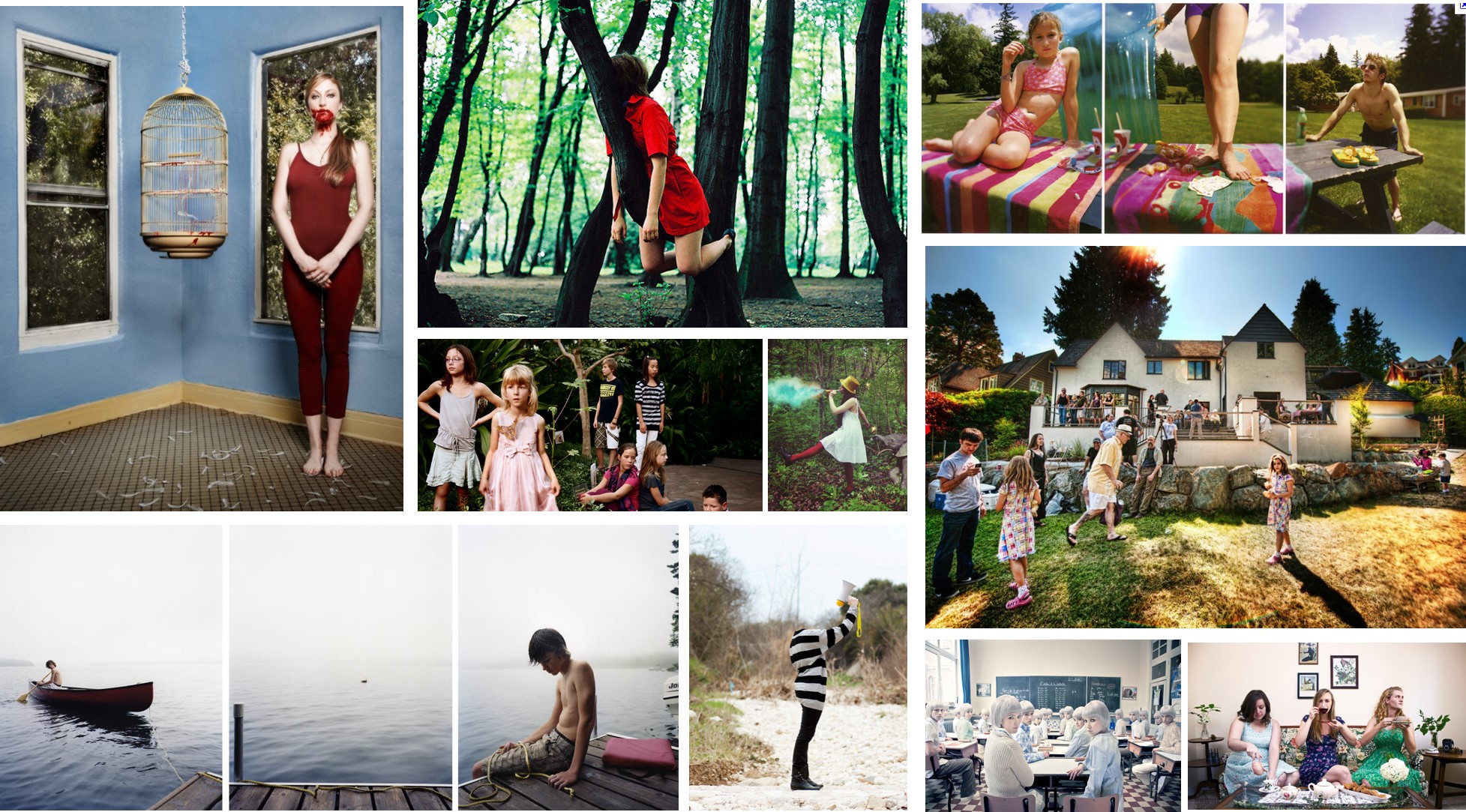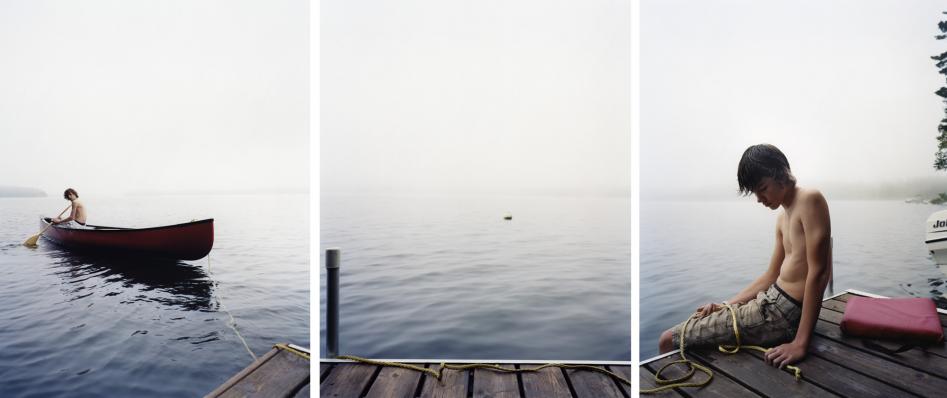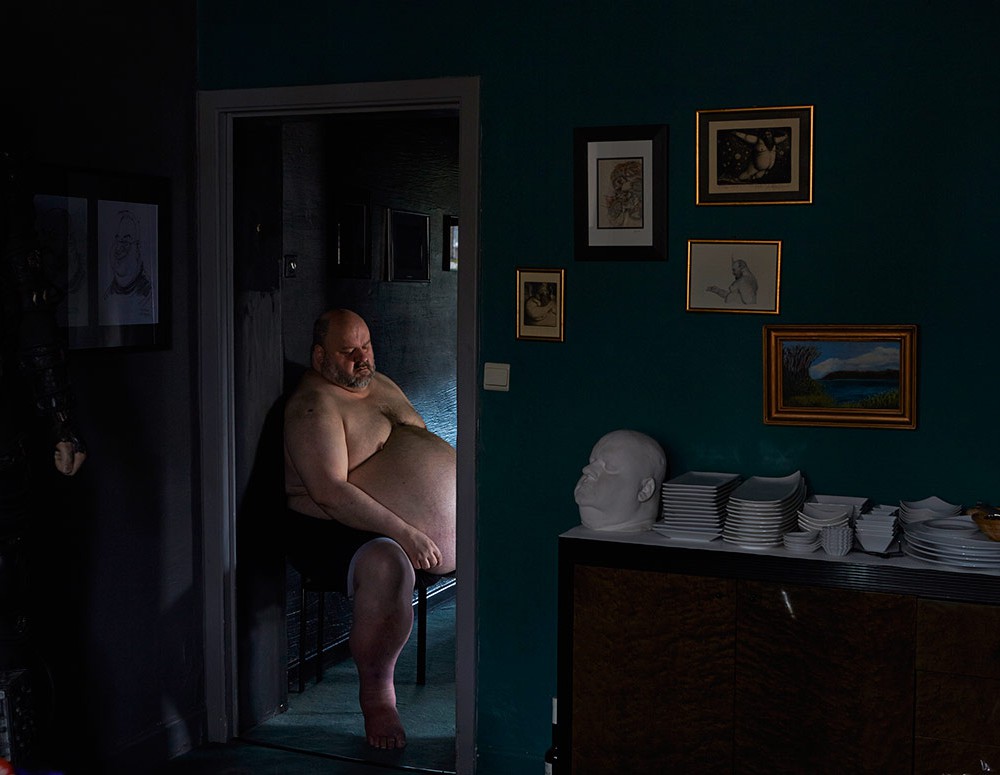Ed Kashi:
Ed Kashi is a journalism photographer who documents life events that happen in the world. Kashi believes that these still images can change the world as they have such an impact on us. He believes that as people let us in to photograph their lives then this is how these people can tell their stories to the rest of the world. With this comes people being open, if they are not open then the photographs cannot be taken, and we will have no document of the occasion. Kashi is known for documenting the ‘social and political issues that define our times’ and through this he tells a story which he then shares. On the other hand Kashi is involved in mentoring students in photography and in filmmaking to help others achieve their goals in photography.
Kashi has also been involved in making short films, books and exhibits with his wife Julie Winokur who is a writer and a filmmaker. They founded Talking Eyes Media – http://talkingeyesmedia.org/what-we-do which is about visual story telling whereby they produce documentary films to improve society for future generations, whereby they celebrate the people who make a difference.
These images which are from Kashi’s work on Palliative Care in Mexico document how cancer and how getting palliative care affects these families in Mexico. Some of these images are heartbreaking as you can see the pain in the subject’s eyes as they look at their loved ones. I think that these images show how much pain people go through and this document of these images shows people that it is not easy, and there are a lot of behind the scenes that goes on like going to the hospital and caring for them as they are sick.

I think out of all the images this image is the most upsetting as you can see pain in the fathers eyes. The approach that Kashi has taken to this image is to focus this portrait image near the eyes so he has kept it close up so that it is the main focal point of the image. This image shows the theme of family as the man is watching his daughter being treated for leukaemia. I think that this image along with the other images in the series shows a story of pain that goes behind being sick with cancer, and i think that taking these images to document them shows other people that it is not just them who is suffering. In this image i think that you can tell that the man knows this photo is being taken of him, and even though it is a very realistic image i think that it would of been more beneficial if the man did not know the image was being taken of him. In addition by blurring the background of this image it draws attention to the man’s eyes and the mask that is over his face for hygiene reasons. The machines that are in the back of this image show the environment that they are in and give detail to the photograph and contextualise it, because without the machines in the background then this image alone would be hard to understand/read.
In these images Kashi took of Sugarcane and Kidney Disease sufferers some of the images are completely different to his other documentary images. Some of these images are very powerful images of family members who have passed away and children who are crying and look vulnerable. But some of these images are very cheerful and show a different side to these families lives. A few of these images are of the countryside and show the environment that they are in and show the workers living happy lives and enjoying time with their families. I think that these images are important as they remind us that its not all to life to be upset about what problems may occur, and it shows how to make the best of any situation.
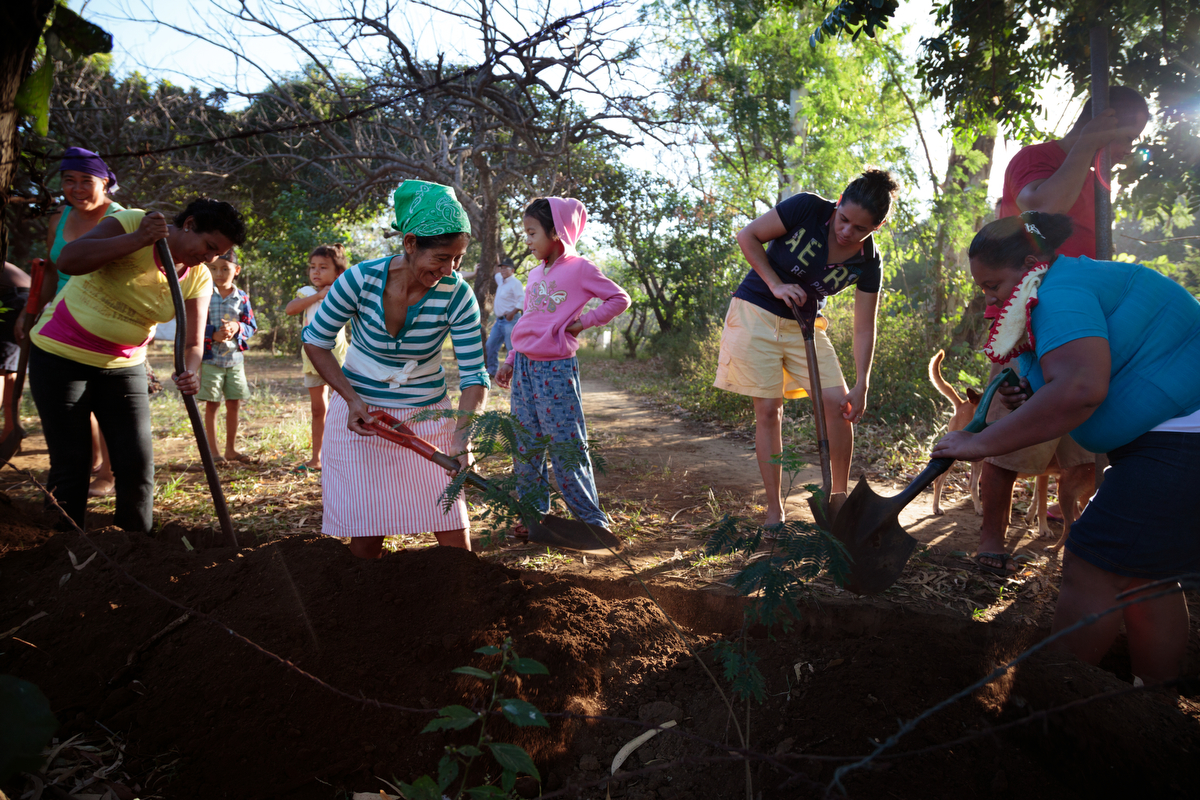
I think that this image is lovely as it shows the family of workers working together and having a good time. As this community are digging for trenches for fresh water i think that this image documents what else is to come for this community and it is a very exiting image for them. It also documents how the society is changing and they are becoming more privileged by having a supply of water to 400 people in 98 homes. I think that this style of photograph is one that brings everyone together and is a very happy image. The smiles on the subject’s faces as they are digging the trenches shows the enthusiasm and excitement.
Corey Arnold – http://www.coreyfishes.com/#
Lauren Greenfield – http://www.laurengreenfield.com
Martin Parr – http://www.martinparr.com
Alex Webb – http://www.magnumphotos.com/C.aspx?VP3=CMS3&VF=MAGO31_10_VForm&ERID=24KL53Y_H
Walker Evans – http://www.metmuseum.org/toah/hd/evan/hd_evan.htm
Abbas – http://www.magnumphotos.com/C.aspx?VP3=CMS3&VF=MAGO31_10_VForm&ERID=24KL53B_Y
Eugene Atget – http://www.nga.gov/feature/atget/
Robert Frank – http://www.danzigergallery.com/artists/robert-frank
Mary Ellen Mark – http://www.maryellenmark.com





